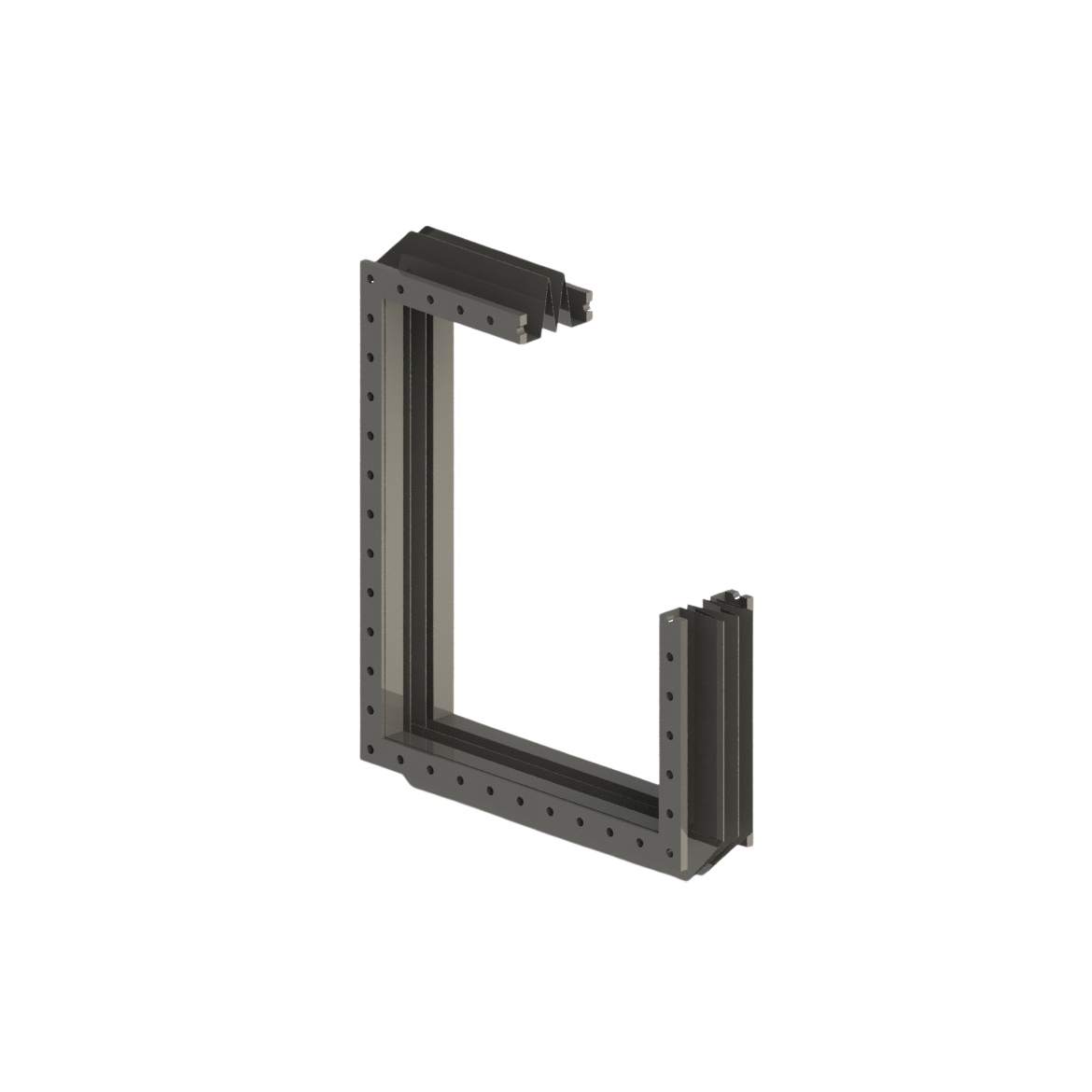How do rectangular expansion joints work?
Rectangular expansion joints are designed to absorb movement and vibration in ducting and non‑circular piping systems. They use a flexible metallic, fabric, or elastomeric bellows section formed into a rectangular shape, allowing axial, lateral, and angular deflection while maintaining a seal between connected sections.
Advantages of rectangular expansion joints...
• Designed for ducting and non‑circular systems
• Absorbs thermal expansion and misalignment
• Reduces vibration and noise transmission
• Can be built for very large cross‑section sizes
• Available in metallic, fabric, or rubber construction
• Absorbs thermal expansion and misalignment
• Reduces vibration and noise transmission
• Can be built for very large cross‑section sizes
• Available in metallic, fabric, or rubber construction
Technical Parameters:
Typically ±25 mm to ±100 mm axial movement (larger on request) Lateral movement up to ±50 mm Angular movement up to 15°
Custom‑built to suit rectangular or square ducting - from small HVAC sections to multi‑metre industrial ducts
• Flanged (to suit ducting flange standards) Weld‑end
• Bolt‑on frame designs
• Bolt‑on frame designs
Metallic: stainless steel single‑ply or multi‑ply. Fabric: multi‑layer high‑temperature fabrics with insulation. Rubber: reinforced elastomer with fabric/steel cord layers
Designed for thousands of thermal or mechanical cycles, depending on movement magnitude and operating conditions
Metallic: stainless steel 304 / 321 / 316L bellows, Fabric: PTFE, glass fibre, Kevlar®, ceramic cloth, Rubber: EPDM, nitrile, neoprene, natural rubber, End fittings: carbon steel, stainless steel, alloy steels
Internal liners - protect from gas flow turbulence/erosion. External covers - shield from weather or mechanical damage. Thermal insulation layers for high‑temperature gas streams. Tie rods or limit rods - control movement and prevent over‑extension
Industry Application:
Media Type:















